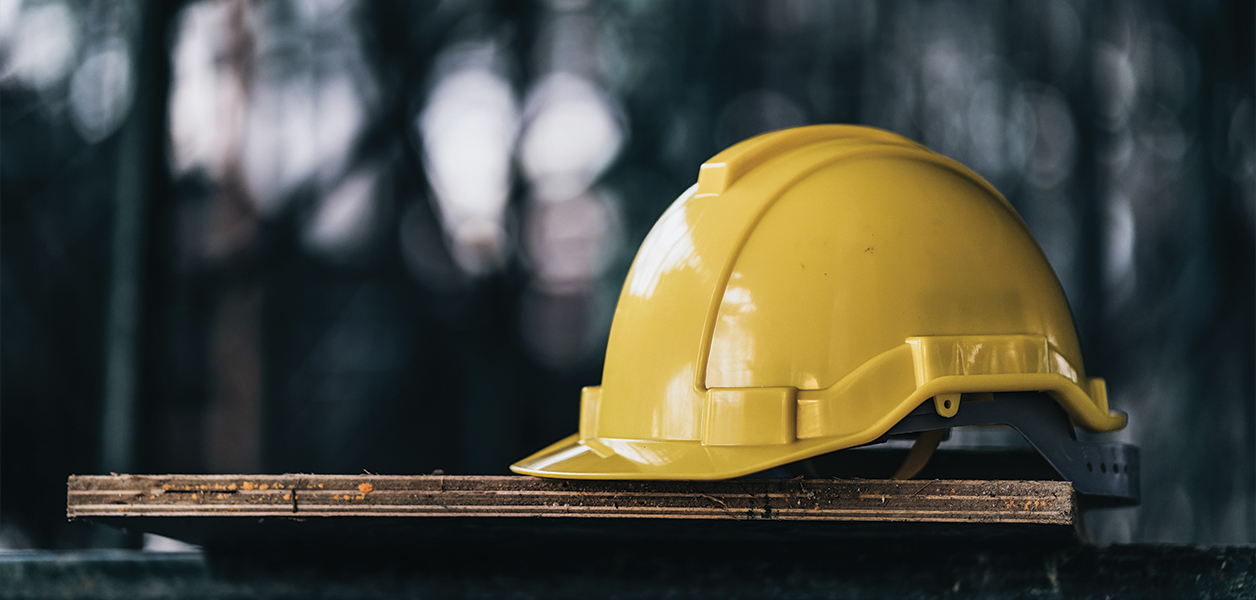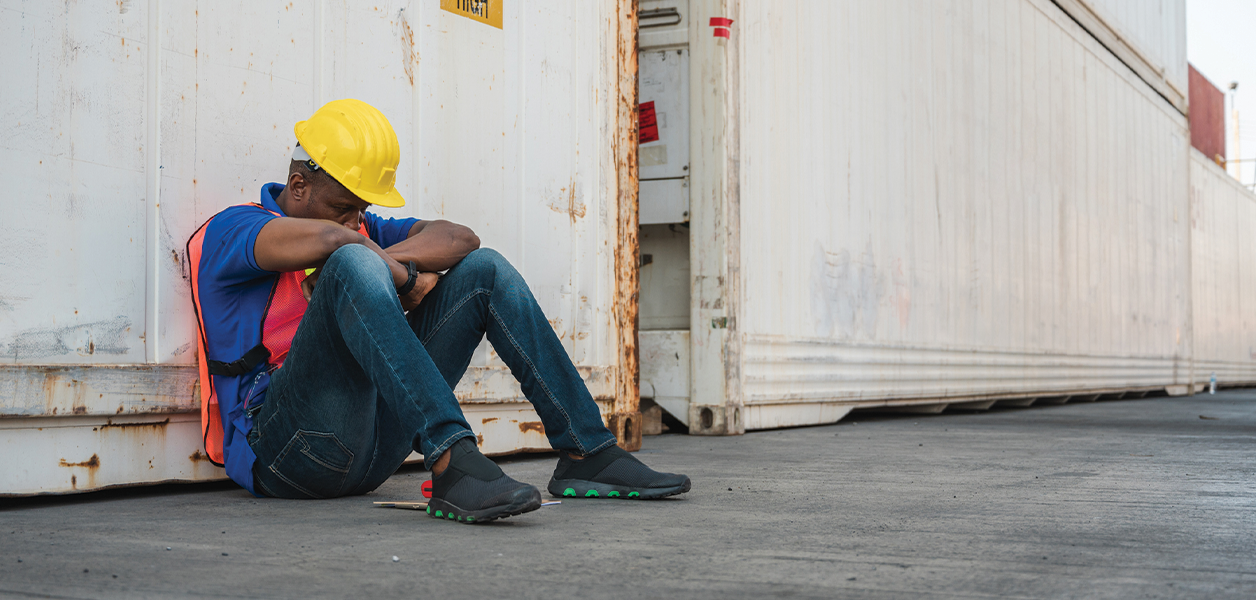Falls continue to be the leading cause of death in the construction industry. A recent report from CPWR—The Center for Construction Research and Training shows the number of fatal falls in the industry rose more than 50% during a recent 12-year period.
Safety+Health magazine shares the following five factors that contribute to construction worker falls.
- Not making time for safety. Workers employed by smaller construction companies especially are vulnerable to falls; a CPWR analysis shows 70% of the fatal falls reported in 2022 occurred within organizations with 10 or fewer employees. G. Scott Earnest, associate director of the NIOSH Office of Construction Safety and Health, said: “Some of these small businesses are not putting the resources and the time into safety because they’re so busy just trying to go from one job to the next and bring money into the organization.” It is crucial employers take the time to train all workers regarding safety.
- Not wearing personal protective equipment. A 2022 CPWR survey of 495 people who were involved in, witnessed or investigated a fall incident showed workers who believed fall protection was required by their employer were eight times more likely to use it than those who believed it was optional. It is not enough to simply make PPE available; workers must be trained regarding its use, and employers need to make it clear wearing PPE is required.
- Not focusing on leading edges. The Occupational Safety and Health Administration requires workers constructing leading edges at least 6 feet above a lower level to be protected by a guardrail, safety net or personal fall-arrest system. However, experts find because the opportunity for overhead anchorage does not exist, workers may tie off at foot level, which can cause problems. Although ANSI Class II self-retracting lifelines designed for leading-edge use are tested to withstand greater fall forces, those not approved for abrasive-edge use may fray and snap. After the recent death of a worker whose lanyard was severed by an exposed edge as he fell, OSHA issued a hazard alert with recommendations.
- Having insufficient or ineffective pre-work task planning. CPWR’s survey shows when an employer or competent person did not complete a pre-work task plan, the odds of workers using fall protection were 71% lower. The official website of the National Campaign to Prevent Falls in Construction offers a starter fall-prevention plan, daily job-site checklist, and detailed fall-protection and rescue plan.
- Not engineering out hazards. The use of Prevention through Design principles is gaining traction and aims to protect workers by mitigating risks and hazards during the design phase of the work process. Examples include installing embedded safety features, such as anchor points and parapet walls; using prefabricated staircases rather than fixed ladders; and installing skylights with shatterproof glass or permanent guarding.
Learn how to reduce roofing-related injuries and deaths with NRCA’s safety classes, webinars and publications.





